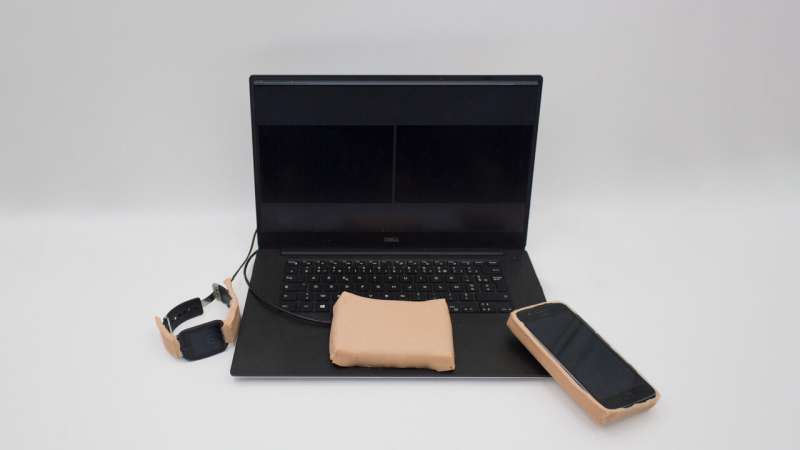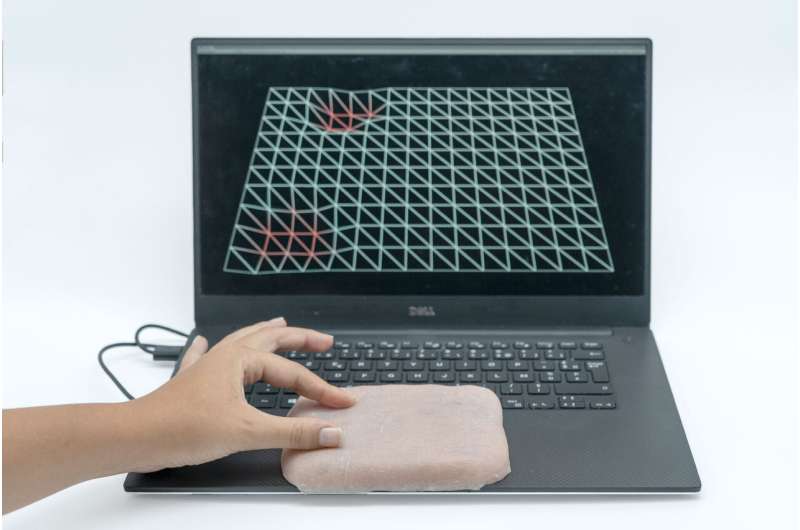Your next phone case could have the feel of human skin

In many ways, our phones and smartwatches have become extensions of the human body, allowing us to conquer more ground than we ever could before.
We outsource our thinking to Siri, Alexa and Google. Our Fitbits tell us what's happening beneath the surface, and we house some of our most precious memories within 128-gigabytes of internal storage.
But what if these devices began to feel more human? What if the outside of the tech you carry around with you felt less like a slick piece of glass or cold chunk of metal and more like, well, human skin?
That's exactly what Marc Teyssier and a team of researchers in Paris set to uncover as they developed a "new paradigm" where tech has a covering that is "inspired by the properties of human skin."
The developers named the prototypes "Skin-On Interface," and the artificial skin goes beyond just mimicking the haptics and squishiness of human skin. The coating looks a lot like the real thing, too, and it has been programmed to better respond to human gestures, such as pinching, poking and tickling.
When applied, the silicon-based layer could be used on your laptop's touchpad, the band of your smartwatch and the back of your smartphone to make technology feel more personal and approachable.
"When we interact with others, we use skin as interfaces. However the objects of mediated communication—such as the smartphone—still has a cold interface that doesn't allow natural interaction and input," Teyssier said on the project's website.
Two versions of the artificial skins were created. The "Simple" version looks very plastic, but the "Ultrarealistic" version appears to have pores and ridges like natural skin, according to a video the developers posted on YouTube.

According to Gizmodo, the project will soon be presented at a technology research conference in New Orleans. Teyssier told the publication he sought "to propose a possible future with anthropomorphic devices."
More information:
(c)2019 USA Today
Distributed by Tribune Content Agency, LLC.





















